How to Choose the Right Radiator Valves?
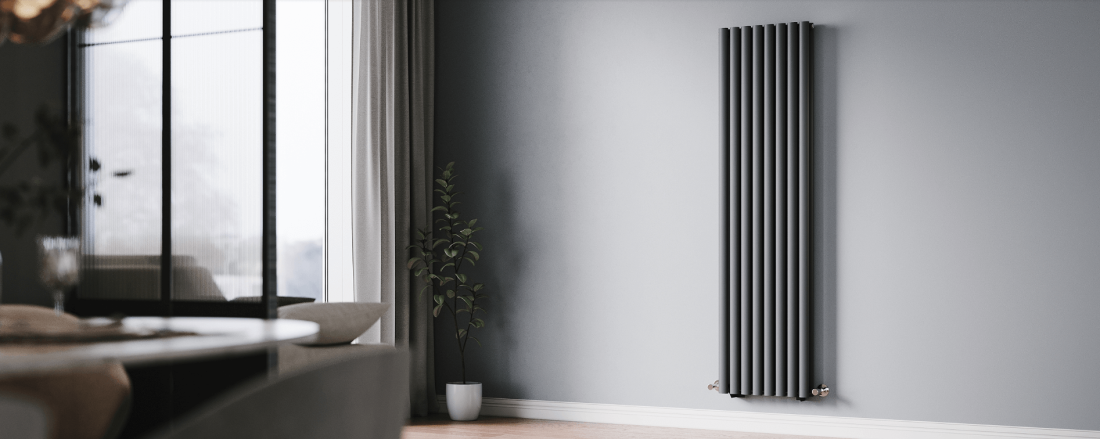
Radiator valves are a crucial component of your heating system, allowing you to control the temperature and regulate the flow of hot water into your radiators. Selecting the right radiator valves is essential for optimizing heating efficiency and maintaining a comfortable home temperature. Our buying guide will you help make informed decisions:
They are plenty of types of radiator valves in the market. Here is a short introduction.
1. Manual Radiator Valves: Basic and cost-effective, these valves are manually adjusted to control the flow of hot water. They are suitable for traditional heating systems.
2. Thermostatic Radiator Valves (TRVs): These valves automatically adjust the flow of hot water based on the room temperature. TRVs enhance energy efficiency by allowing you to set individual room temperatures.
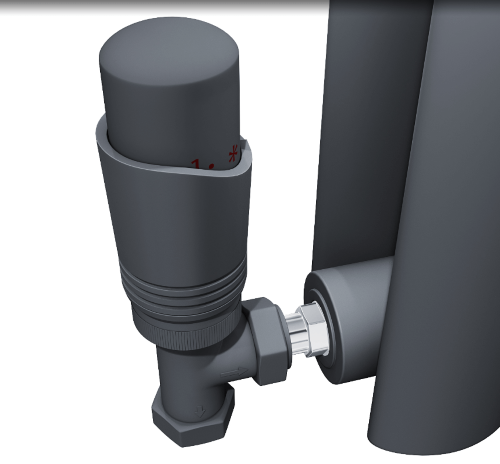
3. Smart Radiator Valves: Connected to smart home systems, these valves offer remote control and automation features. They allow you to set schedules, monitor energy usage, and control heating via mobile apps.
From the perspective of styles, the radiator valves can be divided into three styles.
Straight Valves: Connect radiators straight from the floor or wall. Ideal for radiators positioned directly under windows.
Angled Valves: Featuring an angled design, these valves are suitable for radiators located in corners or against walls.
Corner Valves: Specifically designed for radiators placed in corners, these valves allow for easy connection.
Different material and finish of valves has its own advantages. Brass valves are a common choice for quality and longevity as it is durable and corrosion-resistant. If you want t stylish and easy-to-clean vavles, then a chrome valves will add a sleek finish to your radiators. Nickel valves offer a sophisticated appearance that features resistant to tarnishing and corrosion. If you prefer a vintage or traditional look, consider antique brass or bronze finishes, it won't let you down.
In addition, please remember that choosing the right size and compatibility is the most important thing for your heating system. Ensure the valves are the correct size to fit your radiator pipes and system. Common sizes are 15mm and 10mm.
Consider the position of your radiator and the available space when choosing between straight, angled, or corner valves. Manual valves are generally more budget-friendly, while thermostatic and smart valves may have a higher initial cost but can save on energy bills in the long run. Thermostatic and smart radiator valves contribute to energy efficiency by allowing you to control individual room temperatures, preventing overheating.
By considering these factors, you can choose radiator valves that not only suit your heating system and style preferences but also contribute to energy efficiency and overall home comfort.



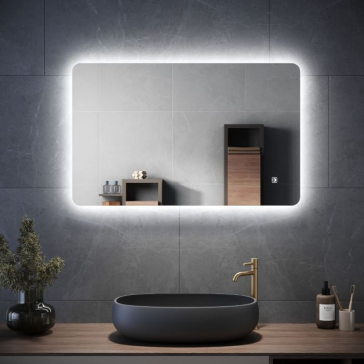

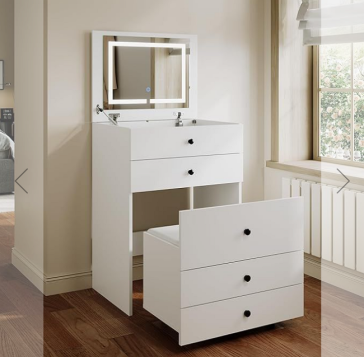
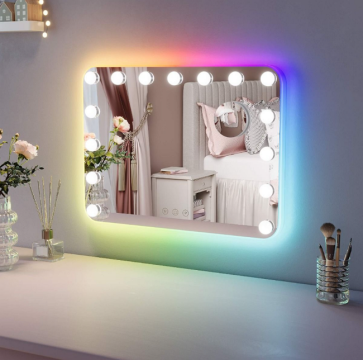
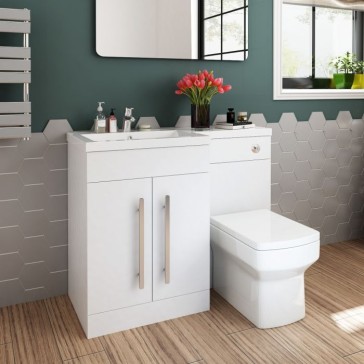
Validate your login